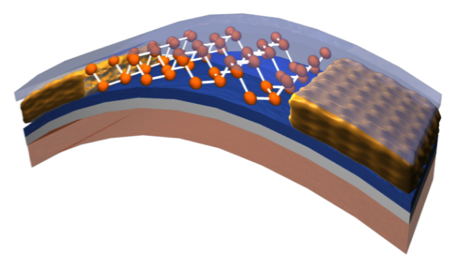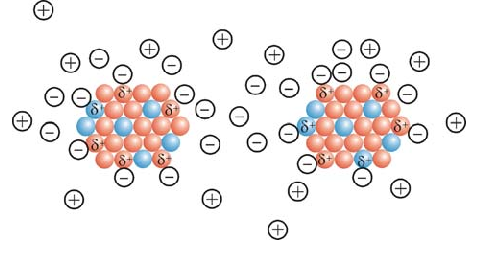Nano plasmonics and changes in structure ( nanotransistors )
Researcher and author: Dr. ( Afshin Rashid)
Note: In the structure ( nanotransistors) of Nano transistors , the electronic quantity that is more easily available is the ionization potential, and in the ionization potential in the size of small nanostructures (smaller particles) is more, ie with increasing particle size, their ionization potential decreases. Finds.
Increasing the surface-to- volume ratio and changes in electronic geometry and structure have a strong effect on the chemical interactions of matter, and for example the activity of small particles changes with the number of atoms (and therefore the particle size). Unlike today's nanotransistors, which act on the mass motion of electrons in matter, new devices follow the phenomena of nanoscale quantum mechanics in which the discrete nature of the electron can no longer be ignored. By shrinking all the horizontal and vertical dimensions of the transistor, the electric charge density in the various regions of the nanotransistor increases, or in other words, the number of electrical charges per unit area of the nanotransistor increases.
This has two negative consequences:
First, by increasing the density of the electric charge, the possibility of discharging the electric charge from the insulated areas of the transistor increases , and this event causes damage to the transistor and its failure. This is similar to the discharge of additional electrical charge between the cloud and the ground in the phenomenon of lightning, which ionizes air molecules into negative and positive ions. Second , as the density of the electric charge increases, the electrons may move out of the radius of an atom and into the radius of the adjacent atom under the influence of the momentum or abduction forces that have now increased. In quantum physics, this is called tunneling. Electron tunneling from one atom to an adjacent atom is a phenomenon that occurs on a small scale between electrons. This phenomenon is the basis of some electronic components and some nanoscopes. But in nanotransistors this is not a useful phenomenon, because the tunneling of electrons from one atom to an adjacent atom may continue and cause an electric current. Shrinking transistors and entering dimensions below 100 nanometers within the operating range of nanoelectronics technology, although it has many advantages, but faces various challenges.
The design , manufacture, development, and use of products ranging in size from 1 nm to 100 nm are called nanoelectronics. In fact, we are talking about miniaturization, which allows for more contact, more activity, and more space. Nano is a new scale in technology and a new approach in all fields, and it gives human beings the ability to expand their involvement in the structure of materials and to design and manufacture in very small dimensions, and in all technologies. That human beings have already achieved . And this trend has been considered in the production of nano transistors .
Conclusion :
In the structure ( nanotransistors) of Nano transistors , the electronic quantity that is more readily available is the ionization potential, and in the ionization potential in the size of small nanoparticles, the nanostructure (finer particles) is higher, ie their ionization potential decreases with increasing particle size. .
Researcher and author: Dr. ( Afshin Rashid)
PhD in Nano-Microelectronics






